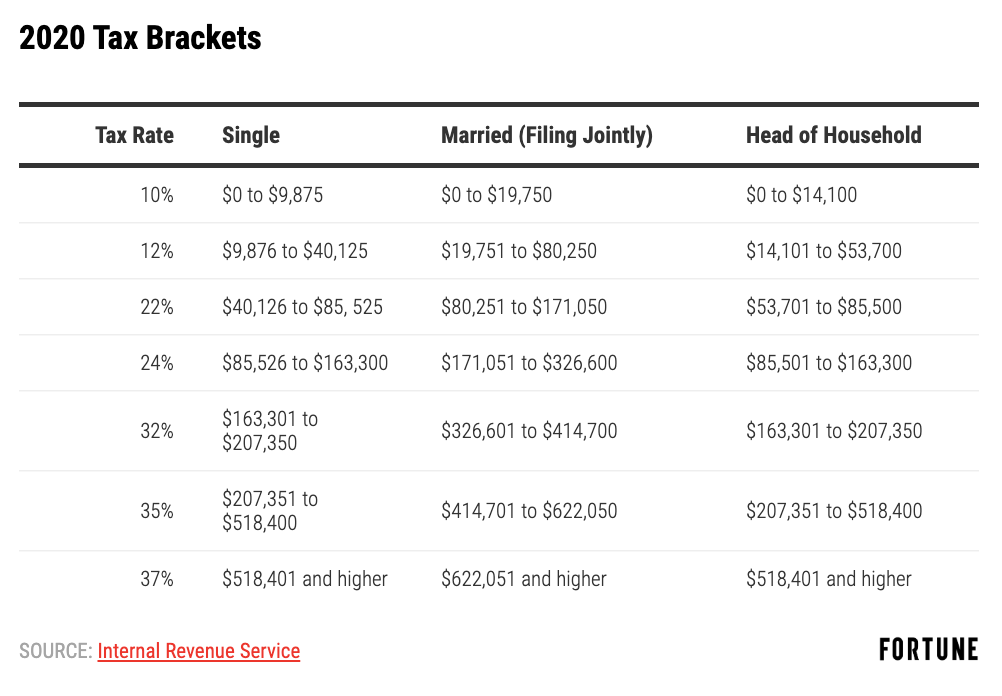In this video, Kevin Gormley and Travis Reader, both CERTIFIED FINANCIAL PLANNERs® from Leading Edge Financial Planning, dive into what you need to consider when you inherit money. Whether it's a taxable brokerage, IRA, or Roth IRA, understanding the tax implications and required distributions is crucial. Kevin and Travis explain the three most common types of accounts you may inherit and walk you through the key steps to take when you're a beneficiary. From determining the account type to understanding designations like eligible or non-eligible beneficiaries, they simplify what can be a complex process.
Kevin and Travis also discuss important terms like RMD (Required Minimum Distribution) and RBD (Required Beginning Date), and share strategies for handling inherited accounts based on your relationship to the deceased. This video is a must-watch if you're dealing with an inherited account and want to ensure you're making the best decisions for your financial future.
Watch now to learn:
○ The 3 most common types of inherited accounts: taxable, IRA, and Roth IRA.
○ What it means to be an eligible or non-eligible beneficiary.
○ Options to handle manage required distributions and tax considerations.
○ Key insights on how to minimize taxes and maximize the potential of your inheritance.
Please remember that past performance may not be indicative of future results. Different types of investments involve varying degrees of risk and there can be no assurance that the future performance of any specific investment, investment strategy, or product made reference to directly or indirectly in this video will be profitable, equal any corresponding indicated historical performance level(s), or be suitable for your portfolio. Moreover, you should not assume that any information or any corresponding discussions serves as the receipt of, or as a substitute for, personalized investment advice from Leading Edge Financial Planning personnel. The opinions expressed are those of Leading Edge Financial Planning and are subject to change at any time due to the changes in market or economic conditions.







